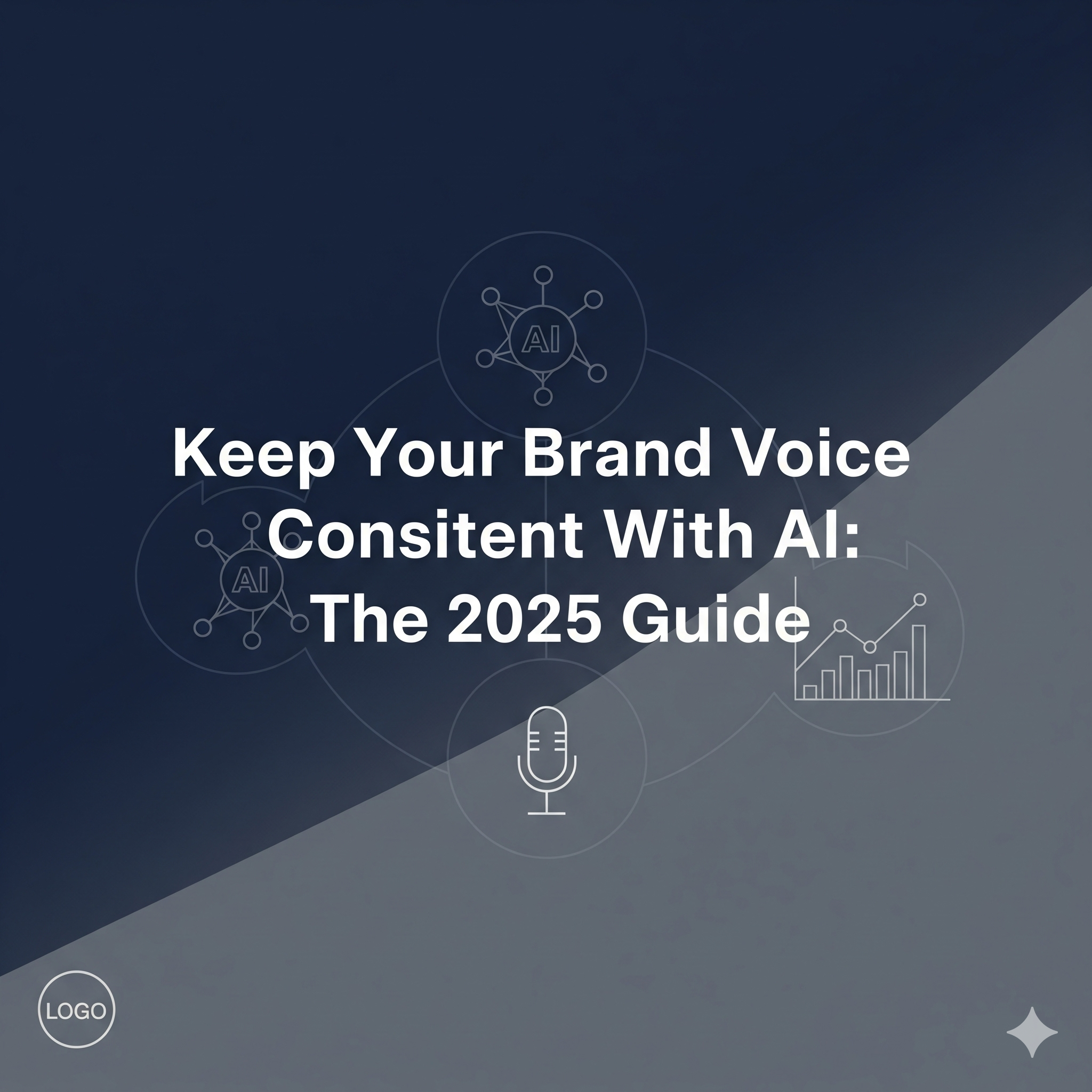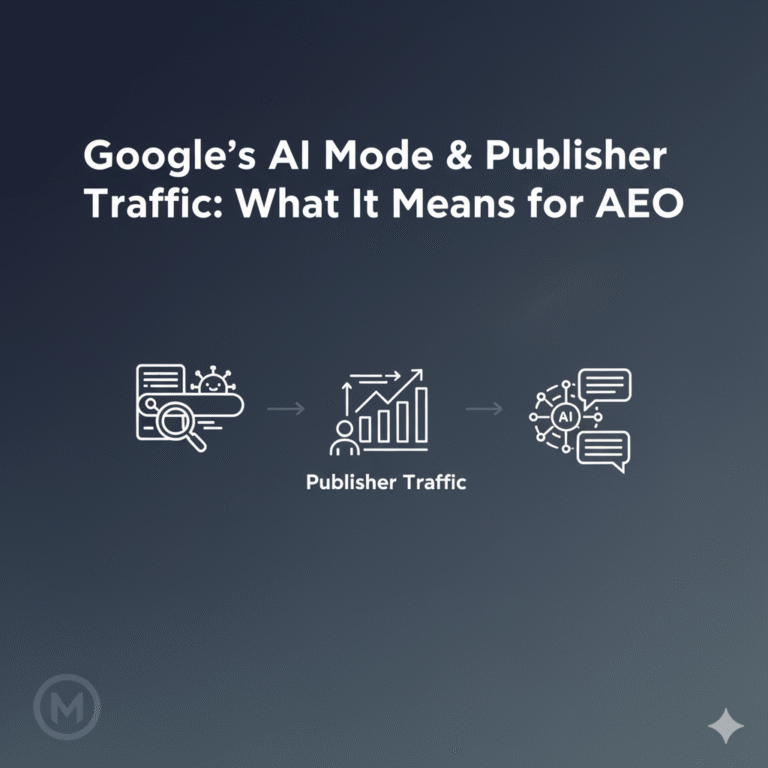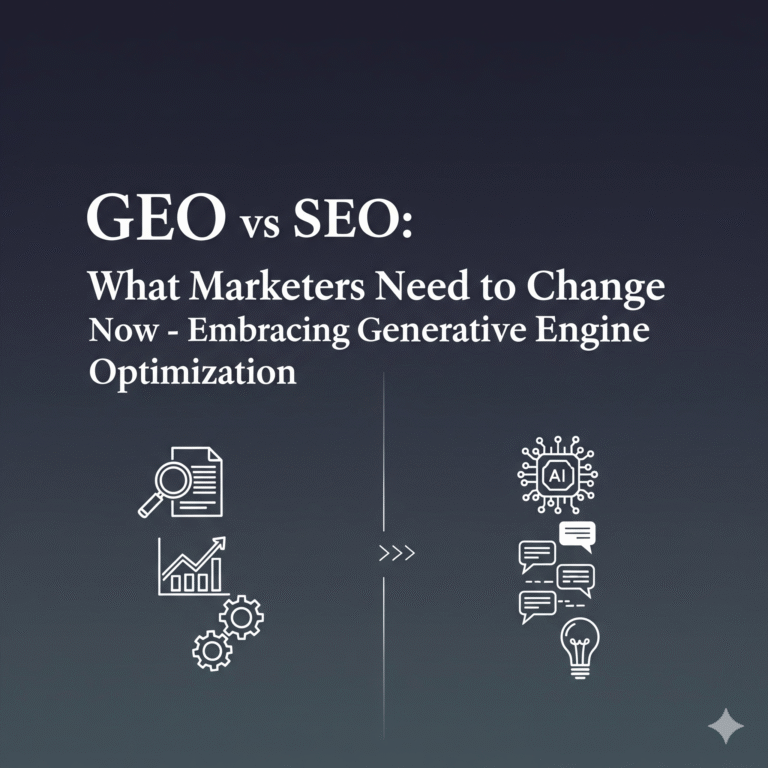Keep Your Brand Voice Consistent With AI: The 2025 Guide
Imagine you share a funny tweet, but when someone replies, they get a dull, robotic email. That kind of mismatch leaves people confused. It makes them wonder if they’re talking to the same company at all.
AI is now at the core of brand communications. The push for fast content is strong, but speed can erase your brand’s personality. This leads to bland messages and hurts the trust you’ve built.
Staying consistent, every time and everywhere, builds trust. People know what to expect. In 2025, AI can make this harder but also gives you new ways to stand out.
The challenge is keeping your unique voice when using automated tools. The opportunity is to use AI to strengthen what makes your brand special. When you control how AI crafts your messages, your brand’s voice stays strong in email, social, and support.
Why Brand Voice Consistency Is Non-Negotiable
Your brand voice isn’t just style—it’s a promise. When messages match across every channel, trust grows. People get comfortable with you.
If you’re sharp on LinkedIn but flat elsewhere, you confuse your audience. That can mean lost interest or lost sales. In 2025, as AI content increases, the risk of sounding like everyone else grows too.
Clear voice guidelines and well-trained AI help your brand keep its personality. Every message, no matter the platform, feels like it’s from the same place. This consistency drives loyalty and engagement. Inconsistent voice chips away at your reputation. In a crowded world, staying consistent is not optional. It’s key.
Building a Brand Voice Framework for the AI Era
A brand voice framework is the base for how you sound. It’s not just a list of buzzwords. Start with your core values, mission, and how you want others to see you.
Pick your tone—friendly, serious, bold, or something else. Add real sentences as examples, and mark what words or phrases to avoid.
Explain how your voice shifts across a blog post, email, or direct message. This framework guides both people and AI. When you add these details into your AI tools, you help them work for you, not against you.
Keep your framework updated as your business and audience grow. In 2025, this living document keeps every message in sync, whether from a human or a machine.
Training AI to Match Your Tone: Step-by-Step
Getting AI to get your tone right needs a plan and some practice.
Steps to Train AI to Match Your Tone
- Collect your best brand content—like blogs, emails, and social posts.
- Feed these examples into your AI tool.
- Set clear “do’s and don’ts”—like must-use words or words to avoid.
- Upload or build a voice profile that acts as a guide for AI.
- Start with test tasks. Review what the AI produces and check if it sounds right.
- Give direct feedback, like “avoid this phrase” or “make it friendlier.” Repeat and adjust as needed.
Each round, the AI gets better. Soon, AI content feels like part of your team—not just a shortcut.
Brand Tone Toolkit: Your Ultimate Consistency Resource
A brand tone toolkit keeps your messages on track. Start with simple, clear guidelines anyone can follow.
Add a stylebook template for quick do’s and don’ts. Include sample prompts for AI requests. Add a checklist to use before publishing content.
The best toolkits let you store different voice profiles for different products or audiences. Sharing these helps new hires and partners stay on-brand fast.
Update your toolkit as your brand and tools grow. A good toolkit makes content creation smoother and keeps your AI voice sharp—no matter who’s writing or what tool you use.
Editorial Guardrails and Stylebook Import
Editorial guardrails are rules that keep your content in line. They’re like bowling bumpers—helpful for everyone, new or tired.
These guardrails can be things like “no slang in product updates” or “use humor only in social posts.” Write these as clear “if/then” rules.
Many AI platforms let you upload your stylebook right into the system. This helps AI follow your rules from day one, cutting down on edits.
Update your guardrails and stylebook as you grow or launch new campaigns. Editorial rules speed you up and help you create more, without losing your brand’s voice.
Prompt Engineering: Getting AI to Speak Human
Prompt engineering means telling AI exactly what you want. Don’t just say “write a blog post.”
Give context—like “speak like our brand expert,” tone—like “keep it friendly,” and what you need—like “add a real example.” The better the prompt, the better the result.
Think of prompts as instructions for a new team member. If it’s not perfect, tweak and try again. Over time, you’ll build a list of prompts that work well. This saves time and keeps errors low.
Strong prompts help AI sound human. They keep your brand voice clear and consistent, even as you make more content, faster.
Humanizing AI Content Without Losing Scale
Even if your AI is good, your content needs a human review. Edit AI drafts before you publish. Add personal stories, team quotes, or client feedback.
Use AI for first drafts or routine messages, so your experts can focus on adding details and insight.
This mix lets you scale up, but your content stays true to your brand. When real people show through your messages, audiences connect more and trust grows.
Case Study: Consistency at Scale With Voice Profiles
Picture a company sharing messages on five platforms. Each gets a custom voice profile. AI tweaks the tone—playful for social, formal for press—but the main values stay in every message.
After setting this up, one tech brand saw fewer customer issues and higher engagement. They used AI for speed and humans for review, always following their updated brand rules.
This approach led to smoother messaging and a better reputation. It’s proof that consistency is not boring. Every message, big or small, stays true to your brand.
FAQs
- How do I teach AI our brand guidelines? Share real content, upload a stylebook, and use clear prompts. Review and update as needed.
- What if our brand voice changes? Update your stylebook and voice profiles. Retrain your AI to use the new rules.
- Can AI sound authentic? With clear training, good prompts, and regular human review, yes—AI can create content that feels real.
- Are there tools for importing stylebooks? Many AI tools let you import stylebooks and create voice profiles. Look for this when choosing a platform.
- How do I know if it’s working? Track engagement, watch for fewer off-brand messages, and ask for feedback from your audience.







